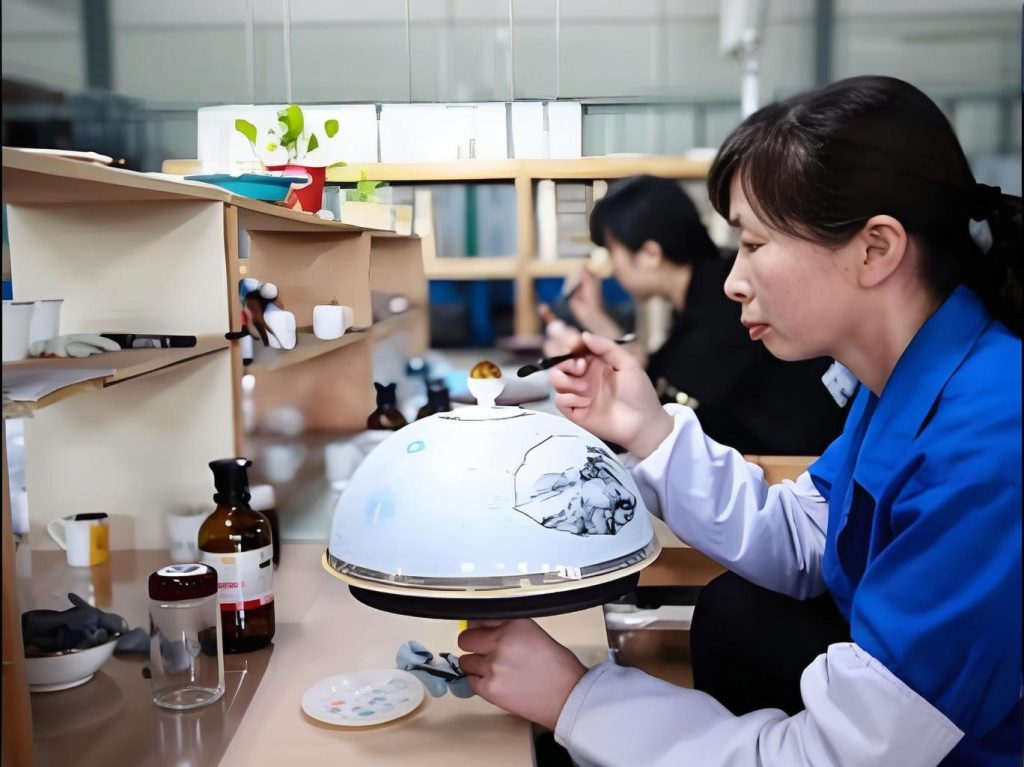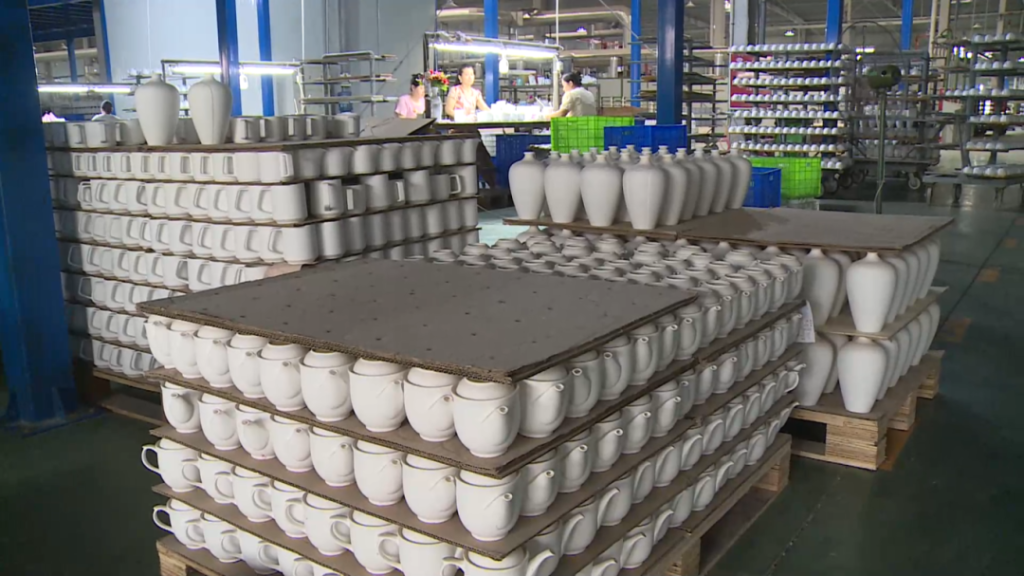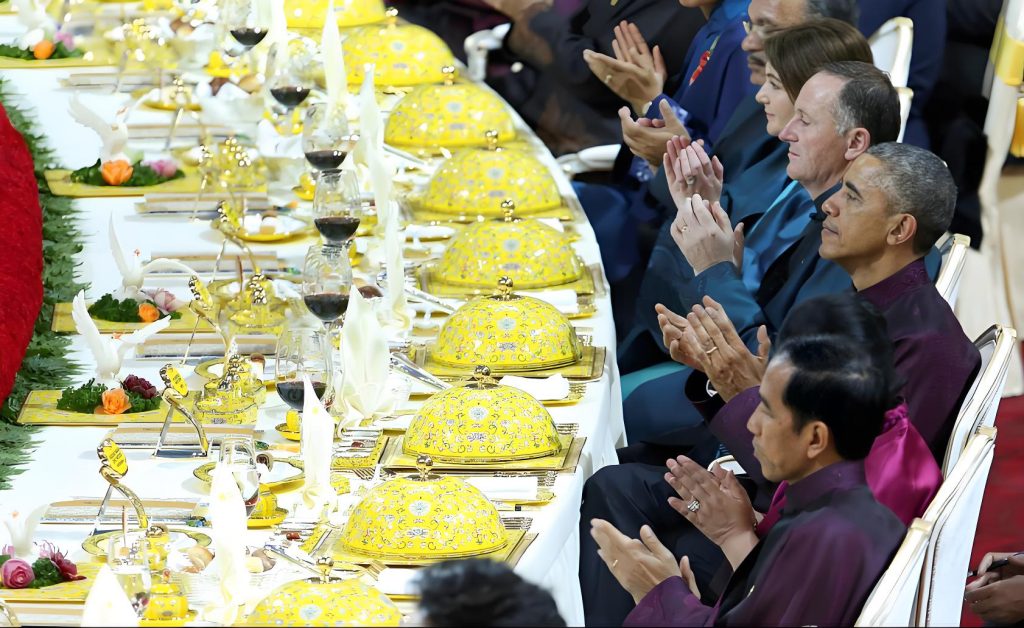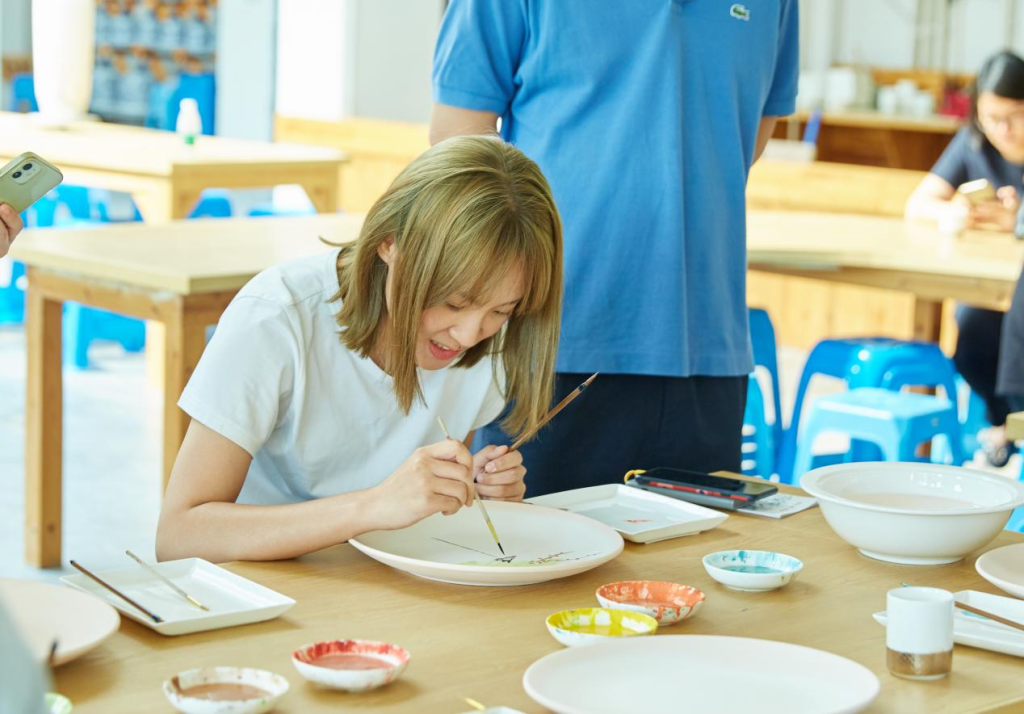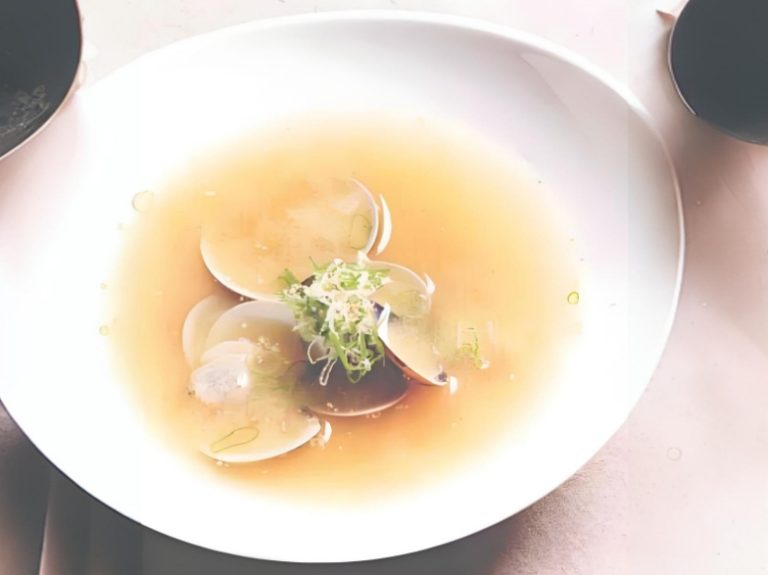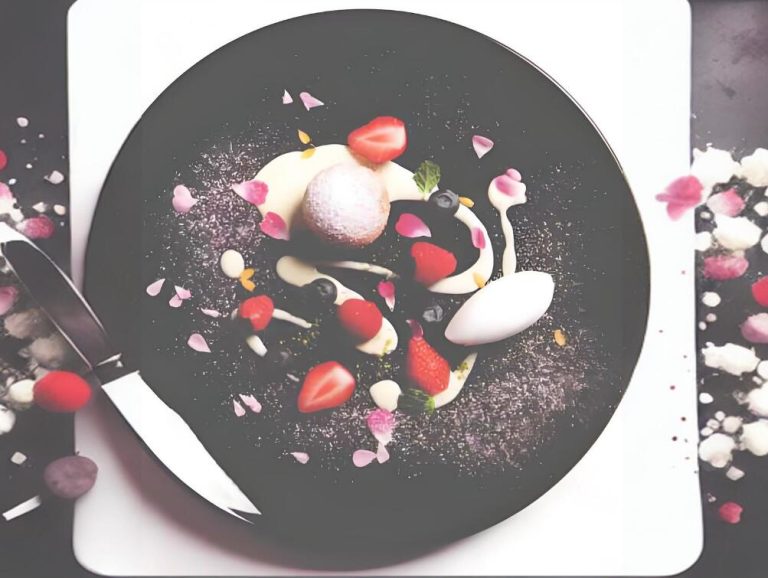Dinnerware Decal Art: The Beauty Journey from Factory Line to Your Table
How Do Those Beautiful Patterns Actually Get on Plates?
Last weekend at a friend’s dinner, she brought out blue-and-white porcelain style dinnerware. Delicate vine patterns wrapped around the edges. I picked one up. The pattern felt smooth, like it grew from the porcelain itself. No bumps at all. “How much did this set cost?” I asked. She smiled. “Got it online. Under three hundred bucks. Good decal technology makes it look expensive.”
Honestly, I thought those patterns were all hand-painted at first. But I learned later that over 90% of modern dinnerware decoration uses decal application. This technology lets regular folks use artistic-looking plates. No need to spend thousands on “master-painted” pieces.
So here’s the question: How do these decals get applied? Why do some wash off after a few uses while others last ten years?

Real Reddit Complaints: When Dinnerware Decals Fail
On Reddit’s r/BuyItForLife board, dinnerware decal discussions are common. One user posted: “Just bought vintage floral plates. After three dishwasher cycles, the gold trim started peeling! Such poor quality!” Many people replied:
- “Mine too. The pattern flaked off in patches…”
- “Dishwashers kill decals. High heat plus strong detergent destroys even good ones”
- “Cheap stuff uses overglaze decals. They never last”
But some disagreed. One user claiming to work at a tableware manufacturer explained: “Not all decals are equally fragile. Underglaze decals withstand over 800℃ firing temperatures. They basically fuse with the porcelain. Those cheap ones you bought probably use overglaze. The pattern just sits on the surface. Of course it comes off.”
This answer made me realize something. Decal technique differences directly determine dinnerware lifespan.
Quora Deep Dive: Three Decal Techniques Ranked by Quality
Searching “dinnerware decal application” on Quora reveals many ceramic engineers’ professional answers. One engineer who spent five years in Jingdezhen detailed three mainstream techniques:
1. Overglaze Decal (On-glaze) – Entry Level
- Process: Apply decal on glazed, fired porcelain. Then fire at 600-800℃ low temperature
- Pros: Bright colors, low cost, complex patterns possible
- Cons: Pattern sits above glaze. Scratches easily. Not dishwasher-safe
- Lifespan: 1-3 years with handwashing. Dishwasher ruins it in six months
2. In-glaze Decal – Advanced Level
- Process: After decal application, spray transparent glaze. Then high-temp firing. Pattern sits between glaze layers
- Pros: Much more durable than overglaze. Smooth feel. Dishwasher-safe
- Cons: Limited color choices (many pigments change at high temps). Higher cost
- Lifespan: 5-10 years with normal use
3. Underglaze Decal – Professional Level
- Process: Apply decal on unglazed body. Then glaze and fire once at 1200-1400℃
- Pros: Permanent pattern. Nearly impossible to wear down. Completely food-safe
- Cons: Only high-temp pigments work (mainly blue, brown, black shades). Highest cost
- Lifespan: Theoretically lasts as long as the porcelain itself
This reminded me of that blue-and-white dinnerware. Blue-and-white porcelain survives centuries because it uses underglaze technique.
What Does a Factory Decal Workshop Actually Look Like?
A YouTube video impressed me. It showed a European tableware manufacturer’s production line. The decal process was more intricate than I imagined:
Step 1: Making Decal Paper
- Print patterns on special transfer paper using ceramic pigments
- Paper surface has water-soluble adhesive. Pattern slides off completely after soaking
Step 2: Soaking and Transfer
- Workers soak decal paper in warm water for 30 seconds
- Carefully slide pattern onto dinnerware. Squeegee out bubbles (like applying phone screen protector)
Step 3: Drying and Inspection
- Air dry or low-temp oven drying
- QC checks for bubbles, wrinkles, misaligned patterns
Step 4: Kiln Firing
- Fire at 600-1400℃ depending on technique
- High heat makes metal oxides in pigments react with glaze. Pattern fixes permanently
One detail touched me. An old master practiced complex patterns on defective pieces first. He perfected angle and pressure before working on good pieces. “With quality dinnerware, decal application determines whether it’s art or trash,” he said.
Those “Invisible” Technical Details
A materials science PhD on Reddit shared some professional knowledge. Pretty interesting:
Why does gold trim come off so easily?
Real gold (24K) decals need very low firing temps (around 600℃). Otherwise gold oxidizes and discolors. This makes gold attachment naturally weak. Many manufacturers now use “platinum color” (actually nickel alloy). It fires at higher temps. Much more durable.
Why do some patterns feel raised?
Overglaze decals with thick pigment layers leave noticeable texture after firing. High-end products use multiple color printing passes. Each pigment layer stays thin. Final result looks vibrant and feels smooth.
Do dishwashers really damage decals?
Answer: depends on decal technique. Underglaze and in-glaze fear nothing. Overglaze can’t handle it. Dishwasher alkaline detergents (pH usually 10-12) slowly corrode overglaze pigment layers.
How to Choose Decal Dinnerware That Won’t Disappoint
Combining various experiences, I summarized practical tips:
Check Price Range
- Under $7/piece: Probably overglaze. Fine for occasional decorative use
- $15-45/piece: Possibly in-glaze technique. Good for daily use
- Over $45/piece: If it still fades, leave bad reviews
Ask About Technique
Ask sellers directly: “Is this overglaze, in-glaze, or underglaze?” Reliable merchants clearly state this. Vague answers usually mean overglaze.
Look for Description Keywords
- ✅ “High-temp fired” “Dishwasher-safe” “Scratch-resistant”
- ❌ “Handwash recommended” “Avoid hard objects” “Handle gently” (basically saying “I’m fragile”)
Feel the Texture
Overglaze usually feels slightly raised or rough. Underglaze and in-glaze feel completely smooth.
Check Colors
Multicolor complex patterns (especially red, orange) probably use overglaze. Underglaze colors stay relatively simple. But they feel more classically elegant.
An Overlooked Environmental Issue
A Quora discussion really touched me. Someone asked: “Are decal dinnerware eco-friendly?”
An environmental consultant answered: “Traditional decal paper backing contains PVA (polyvinyl alcohol). Though degradable, production generates VOCs (volatile organic compounds). Some advanced tableware manufacturers now use digital printing. They spray patterns directly onto porcelain. Completely eliminates transfer paper. Reduces waste. Color precision improves too.”
This reminded me of something. We often focus only on “product quality.” We forget “how it’s made.” Choosing brands using digital printing technology helps the environment a little.

Final Thoughts: Dinnerware Has Soul Too
Recently organizing cabinets, I found a bowl my grandmother left 20 years ago. The blue flower pattern stayed clear. Only the glaze gained patina from time. I suddenly understood why some pay big money for “heirloom dinnerware.” Those patterns fired at high temps, fused with glaze—they’re not just decoration. They witness time itself.
Modern dinnerware decal application lets ordinary people own this “sense of permanence.” You don’t need to be a collector. Just spend a little thought choosing the right technique. That dinnerware eating with you daily transforms from “consumable” to “companion.”
Ultimately, our pursuit of beauty shouldn’t be limited by “will it fade?” questions. Technology advances to make beautiful things last longer.
If you have any questions or need to custom dinnerware service, please contact our Email:info@gcporcelain.com for the most thoughtful support!


